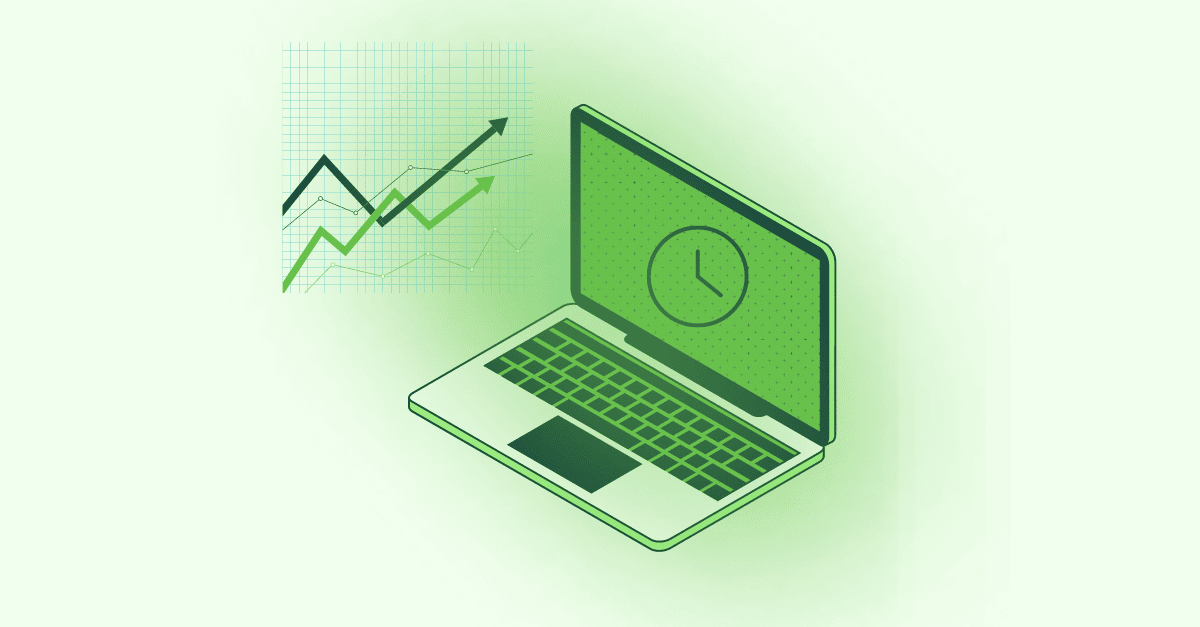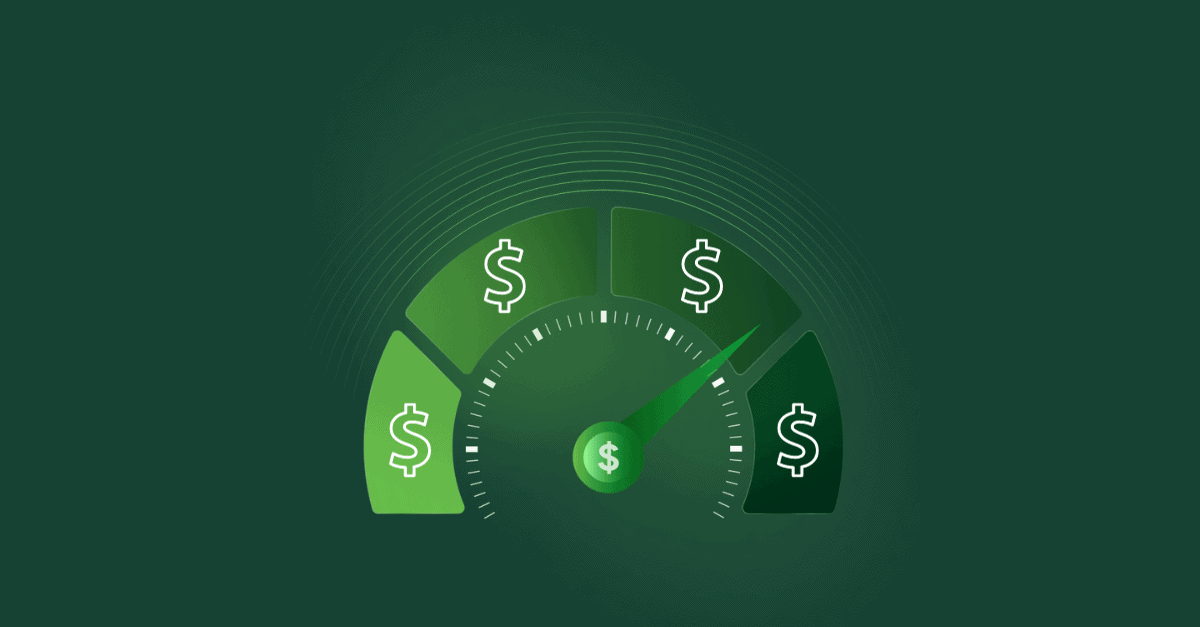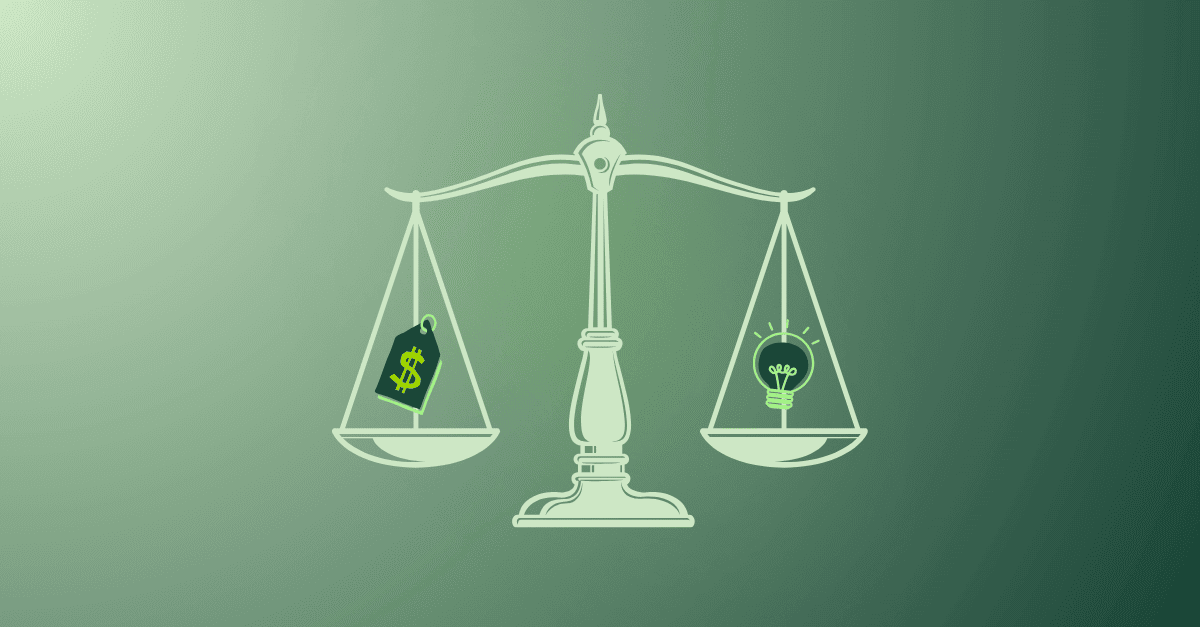For SaaS companies to stay ahead of the competition, they need to quickly show value and a return on investment. Customers who buy SaaS solutions put a high value on quick return on investment (ROI) and ease of implementation at the top of their list of priorities. In fact, 87% of those customers expect to see a profit from their new tools in less than a year.
In response to this paradigm, SaaS revenue models have shifted toward customer-centric preferences. In fact, since 2018, the number of companies utilizing usage-based billing has more than doubled due to its perceived alignment with buyer demands.
Consumption or usage-based billing offers the end user a faster time to value as they’re only paying for what they use. By understanding the intricacies of usage-based pricing, you can determine whether to implement it as your SaaS pricing structure.
How Does Usage-Based Billing Work?
Usage-based billing works much like your electricity or residential water bill: Customers only pay for what they use. A meter or measurement mechanism is involved to determine how much you use and multiply by the rate (i.e., price) of the unit of measurement.
Invoice = Quantity of units consumed x Price per unit
However, for SaaS companies, usage-based pricing models aren’t always easy to implement. Adopting usage-based pricing can be broken down into a few key requirements for back-office finance and accounting teams:
- Set billing parameters: Work alongside sales teams to define your usage metrics, price per unit, and how long your billing periods will be. It’s best to evaluate historical data to determine your rating price and value metrics.
- Track customer usage: Implement a mechanism to track and monitor your clients’ usage data throughout their billing cycle to get their total for units used.
- Rate: Apply your customers’ cost per unit to their total number of units used to tally up their total—or rated cost.
- Bill: Like any pricing model, usage-based billing involves sending out invoices and waiting for your clients to settle their accounts. Using software that can easily accommodate usage-based billing scenarios will significantly decrease the amount of inaccurate invoices and increase customer satisfaction.
- Revenue recognition: Revenue recognition can become complex if a deal involves intricacies like volume discounts, overages, and minimum commitments, to name a few. Managing usage-based revenue in spreadsheets can become overwhelming. It’s best to use an advanced system that can handle these types of complex use cases and can recognize revenue that doesn’t necessarily follow the billed amount in the period.
Advantages of Usage-Based Billing
As mentioned, more and more SaaS platforms are switching to a usage-based billing system to offer a more customer-centric pricing structure. What’s more, companies and their clients alike often prefer this model because it:
- Aligns revenue with service value: SaaS clients can get a keen sense of the value that usage-based software provides their company before choosing to scale to more users, for example.
- Scales easily: When companies need more users or bandwidth from a usage-based product, they don’t need to negotiate contracts. Oftentimes, they can simply use more or less to meet their demands and are billed accordingly.
- Customer satisfaction: Thanks to recognizable value and easy scalability, customers often prefer usage-based billing over other pricing structures. This is because usage-based billing can be less risky, as it minimizes shelfware.
And at the end of the day, companies simply enjoy the transparency of consumption-based pricing. They only pay for what they utilize, and they can easily track their usage. Customers crave that kind of transparency and, in 83% of cases, value pricing transparency over a brand’s established reputation.
Implementing Usage-Based Billing in Your SaaS Business
Before you can implement it in your SaaS pricing structure, you’ll need to think over a few key considerations:
- System requirements: Do your billing and accounting systems have a reliable means of measuring usage? Can you easily track usage across all your users with your existing processes? You may need advanced software to handle complex usage-based scenarios.
- Pricing strategy: Identify the value metric or metrics and if there will be any volume discounts or tiers, etc. Will there be overage charges? Define all pricing rules necessary. Many SaaS companies only employ one metric to bill their usage-based customers, but some combine two or more. Likewise, some charge a subscription fee and usage costs to create a hybrid pricing model.
When implementing usage-based pricing, clearly communicate all changes to ensure your customers fully understand their new pricing structure and how it will affect their bills. Likewise, ensure your customer success team is up to speed on new accounting and revenue recognition procedures and prepared to field any questions from customers.
Overcoming Challenges With Usage-Based Billing
Consumption-based billing is a savvy technique for many SaaS companies hoping to offer their customers more transparency in their billing statements, but it’s not without its unique challenges.
Some of the most prominent issues include:
- Billing complexity: Implementing a reliable usage metric and tracking it across your entire customer base can be more complex and resource-heavy than simply collecting a flat access fee.
- Usage unpredictability: Customers can sharply increase or reduce the amount of services they utilize at any given time. Consequently, your revenue can be subject to unpredictable fluctuations between billing periods, making revenue forecasting less reliable.
Usage-Based Revenue Recognition With RightRev
RightRev simplifies usage-based revenue recognition for SaaS companies by automating complicated, time-consuming accounting procedures. RightRev allows you to easily recognize revenue and assign it to the correct accounting period. Whether you implement usage tiers, overages and minimums, drawdowns, or volume-based usage strategy, RightRev can streamline your revenue accounting so you spend less time manipulating data and more time focusing on strategic projects.
Many of the world’s leading SaaS companies, like Snowflake, have already modernized their revenue and accounting procedures with RightRev because it works nicely with their existing order, billing, and accounting tech stack and simplifies complex usage-based revenue calculations
To learn just how RightRev can fit into your technological infrastructure and facilitate your most complex accounting tasks, request a demo today.




